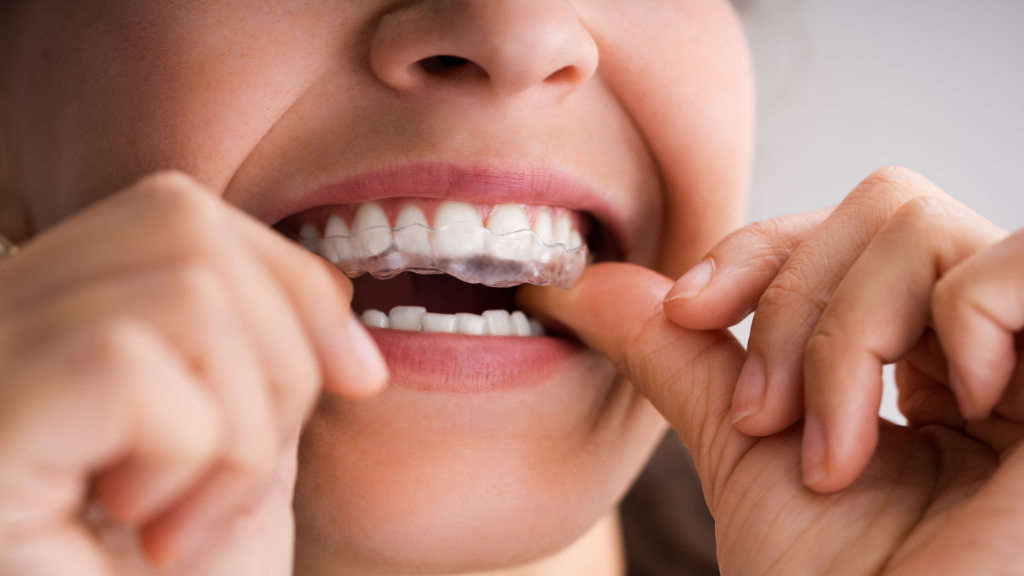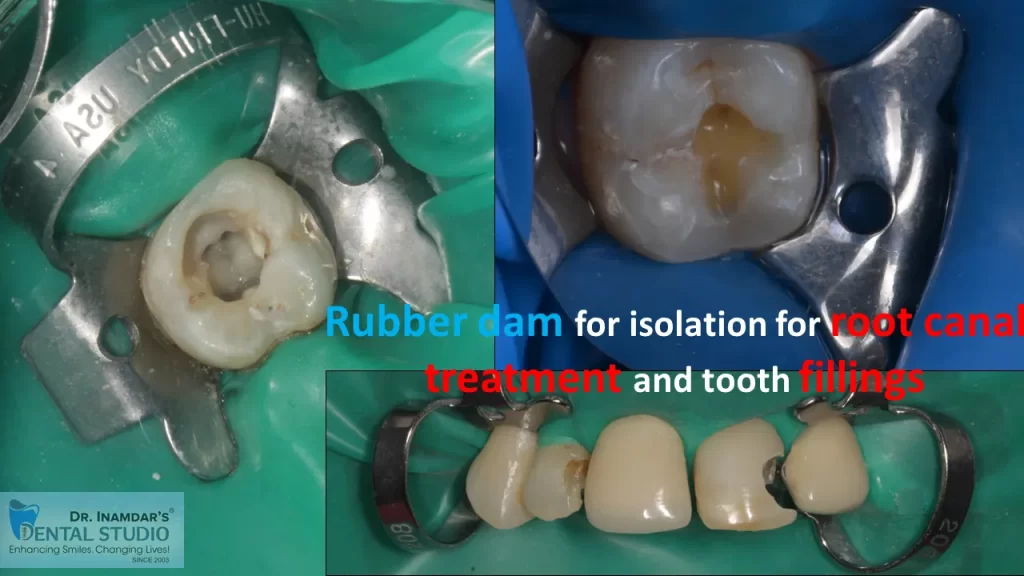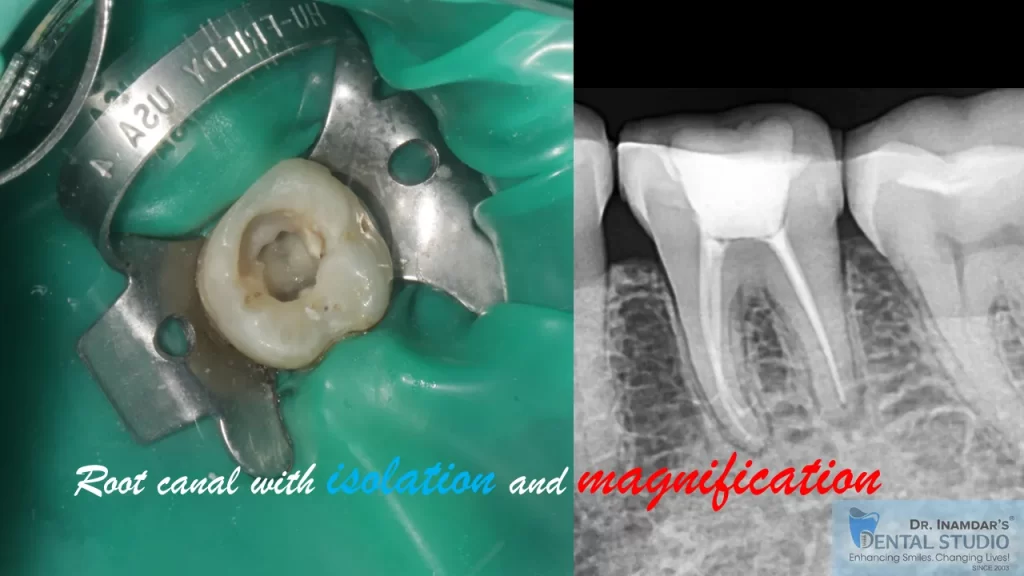Rubber Dam
Clear Aligner, Invisible Braces

In the realm of modern dentistry, precision and patient comfort are paramount. Dental procedures require meticulous attention to detail, and one essential tool that plays a crucial role in achieving this is the Dental Rubber Dam. In this comprehensive guide, we will delve into the world of dental rubber dams, exploring their purpose, benefits, applications, and how they have revolutionized dental procedures.
What is a Dental Rubber Dam?
A dental rubber dam, often simply referred to as a rubber dam, is a thin sheet made of latex or non-latex material that is placed around a tooth or teeth during various dental procedures. It is secured with a dental dam clamp and isolates the tooth or teeth from the rest of the oral cavity.
History of Dental Rubber Dams
Dental rubber dams have a rich history dating back to the early 19th century when Dr. Sanford Christie Barnum first introduced the concept. Over the years, they have undergone significant improvements in terms of material and design.
The Importance of Dental Rubber Dams
1. Isolation and Moisture Control
One of the primary functions of a dental rubber dam is to isolate the tooth or teeth being treated. This isolation provides a dry and clean field, crucial for ensuring the success of various dental procedures such as fillings, root canals, and crown placements.
2. Enhanced Infection Control
By isolating the treatment area, rubber dams minimize the risk of contamination from saliva and other oral fluids. This significantly reduces the chances of infection during dental procedures.
3. Patient Comfort
Dental rubber dams not only aid in dental work but also enhance the comfort of the patient. They prevent debris and dental materials from entering the patient’s mouth, ensuring a more pleasant experience.
Types of Dental Rubber Dams
1. Latex Rubber Dams
Latex rubber dams are the traditional choice. They are known for their flexibility and ease of use. However, some patients may have latex allergies, which restrict their usage in such cases.
2. Non-Latex Rubber Dams
To cater to patients with latex allergies, non-latex rubber dams, typically made of materials like polyurethane, have gained popularity. They offer similar flexibility and effectiveness without triggering allergies.
Application of Dental Rubber Dams
1. Restorative Dentistry
In restorative procedures, such as fillings and crown placements, dental rubber dams provide a dry, isolated environment, ensuring the longevity and success of the dental work.
2. Endodontics
Root canal treatments require absolute precision and isolation. Rubber dams play a pivotal role in preventing contamination and ensuring the effectiveness of these procedures.
3. Orthodontics
In orthodontics, dental rubber dams are used during bracket bonding to keep the area dry and clean, allowing for better adhesion and more effective treatment.
The Evolution of Dental Rubber Dams
With advancements in dental technology, rubber dams have evolved. Today, there are specialized rubber dams for various procedures, each designed to cater to the unique requirements of different treatments.
Conclusion
In the ever-advancing field of dentistry, the dental rubber dam stands as a testament to the commitment of dental professionals to providing the best possible care to their patients. This unassuming tool plays a pivotal role in ensuring precision, infection control, and patient comfort.
So, the next time you visit your dentist, take a moment to appreciate the small yet significant role that the dental rubber dam plays in modern dental procedures.
FAQs
1. Are there alternatives to latex rubber dams for patients with latex allergies?
Yes, non-latex rubber dams made from materials like polyurethane are a suitable alternative for patients with latex allergies.
2. How is a dental rubber dam secured in place during a procedure?
A dental rubber dam is secured with a dental dam clamp, which holds it firmly around the tooth or teeth being treated.
3. Can dental rubber dams be reused?
No, dental rubber dams are designed for single-use to ensure infection control and patient safety.
4. Do all dental procedures require the use of a dental rubber dam?
No, not all dental procedures require a rubber dam. The necessity depends on the specific procedure and the dentist’s discretion.
5. Are there any risks associated with the use of dental rubber dams?
When used correctly, dental rubber dams are safe. However, improper placement or latex allergies in patients could pose potential risks, which is why dentists take precautions to ensure patient safety.
Case 1


